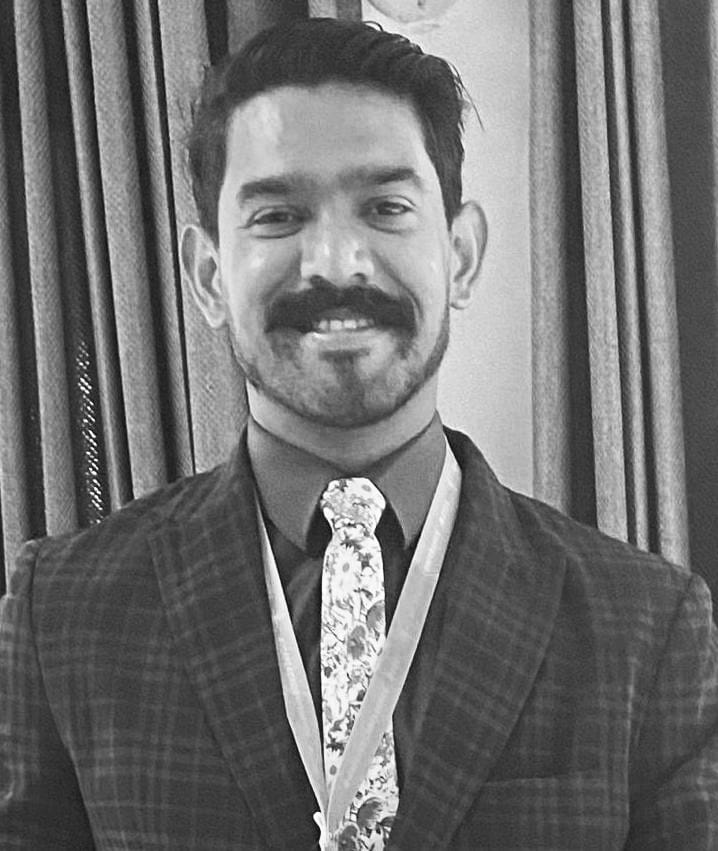By: Shaloom Naeem
Art is a forerunner of peace; it prepares ground for peace. Art and peace, both tend to share the same patterns of birth. They require people who are passionate about them. Both these things are equally beautiful.
All the peace promoting moments around the World have one common thing: art. Art in any form can move hearts and change society. A stroke of brush can do what a swing of sword can’t. A note of music sometimes goes higher than the fired missiles. A theater performance sometimes is powerful enough to change the very character of society.
“At first, art imitates life. Then life imitates art. Then life will find its very existence from the art”. -Fyodor Dostoevsky
Art is extracted from human life, holds potential to impact and transform it. Looking back in history, we can find many examples where art played a decisive role in peace movements.
Feminist art serves as an example, where art challenges the existing norms of society. Many art pieces were produced which defied existing norms, perceptions and societal rules regarding women. “Birth tear/tear” by Judy Chicago, is one such art piece, which symbolizes women to be strong and empowered relating it to the pain of labor they go through. Lucy R. Lippard, a writer and critic talking about feminist art said, “It is neither style, nor a movement but instead a value system, a revolutionary strategy a way of life”.
Art as an agent of peace has a wide range of spectrum; it is not just confined to a certain level of peacemaking. From creating a dialogue about conflict to healing the victims of the conflict, art finds its place as an agent of peace.
For instance, Seagul foundation of arts in India, is working in the conflict affected areas within the country. They are using theater as a medium to promote peace, harmony and solidarity among people who are divided by conflict.
On the other hand, an organization named, “Musicians without borders,” is using music to heal the victims of war and violence. They collaborate with different art groups and help the victims to raise their voice through music. Here an art form is being used to heal the wounds and to develop new connections, finding the way back to the stream of life.
“Wherever you look at the period of dramatic change and revolution it is always reflected in art, and art has always played a role in it.” -Jhon Molyneux.
In his book, Dialectics of Art, Jhon Molyneux explores different dimensions of art as a political agent. Art, even in its most individual form, has political angles to it, and it has the capacity to bring `positive political change. This symbolizes the importance of art as a tool to bring and maintain peace. This compels me to ask questions like:
1) Does art play a role in catalyzing the peace process?
2) If yes, then, why is the potential of art not being used as a tool of peacemaking?
3) What is the scope of arts regarding peacemaking in areas where the concept of basic human rights doesn’t exist?
I began to think about these questions when I started observing the impact of theater on social reforms. I got a little closer to the answer when I was introduced to the “Forum Theater”. This form of theater was developed by a Brazilian theatre director Augusto Boal. This theater form was especially designed to uplift the segments of society which are socially oppressed.
“Theatre is a form of knowledge; it should and can also be a means of transforming society.” – Augusto Boal.
The very purpose of developing Forum Theater was to transform society. The Forum Theater is a tool to develop awareness regarding different social issues. This type of theater revolves around different forms of oppression. Type of oppression, oppressor and oppressed are portrayed by the performers in front of the audience. This becomes a medium for the people to look for the solutions within them or at least to develop a debate regarding prevalent problems. In this the audience is not just reduced to spectators but, they are “spec-actors”.
The spec-actors can stop the play after the concept of oppression is developed completely and can replace the oppressed. After replacing the oppressed, they can act according to their will, portraying their solution to the form of oppression displayed in the play.
This form of theater is a very efficient way, especially for oriental societies to develop awareness regarding various social evils. This not only develops awareness but also empowers the affected communities to be part of the solution. This has a psychological paradigm too, as the solution is not imposed but comes from people themselves.
Peace builders, especially those working on women, children and earth rights should use this tool as it can bring huge change in less time. It also gives a chance to connect to the people on grass root level and develop a relation with them.
Being sensitive and considerate towards the theater and other art forms will help to revitalize the peace movements happening in Asia. The knowledge gained regarding the use of art will help the young peace builders to cultivate peace from grass root level. Society in this case won’t just be the receiver of peace but will also operate as an actor and medium of peace.
It is high time to connect with the victims of violence, helping them to have a voice. It is ripe time to mobilize people for peace, assisting them to know their potential to bring change. Art has the capacity to be a tool in both tasks.
We should not forget, peace at the end of the day is also art. To achieve this master-peace, a passionate heart, skilled mind and the right tools are required, and art forms are one among many vital tools.


